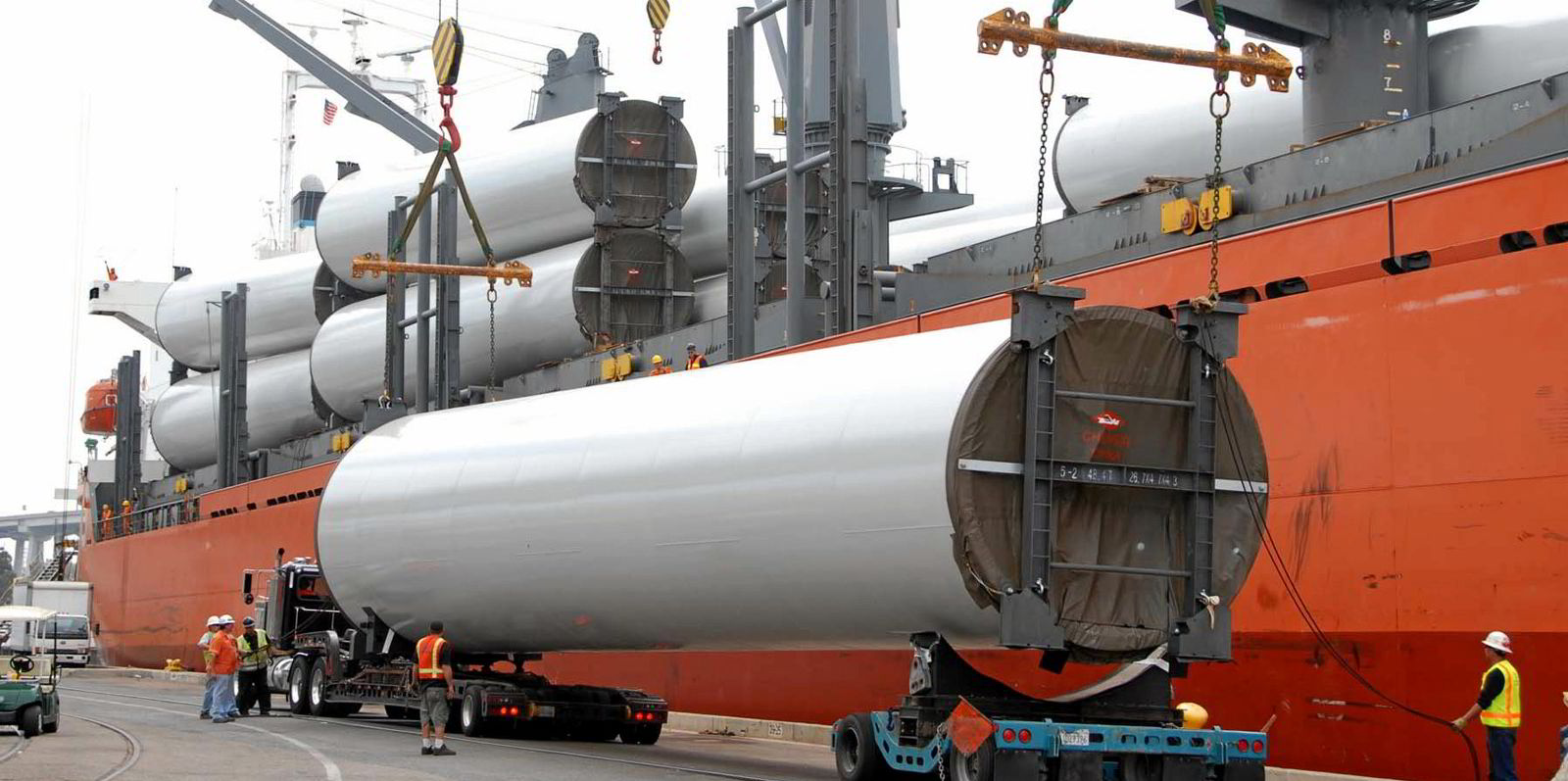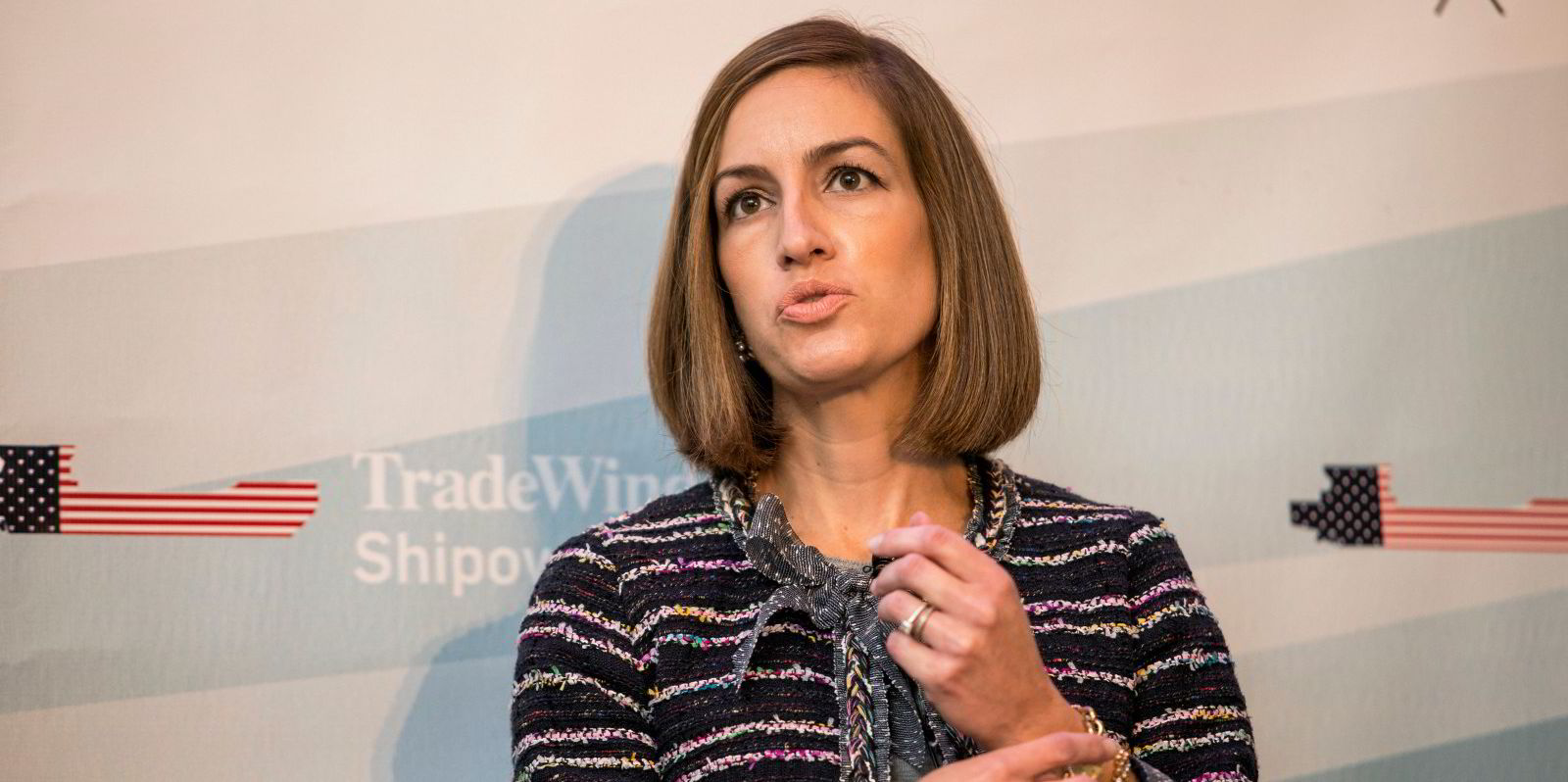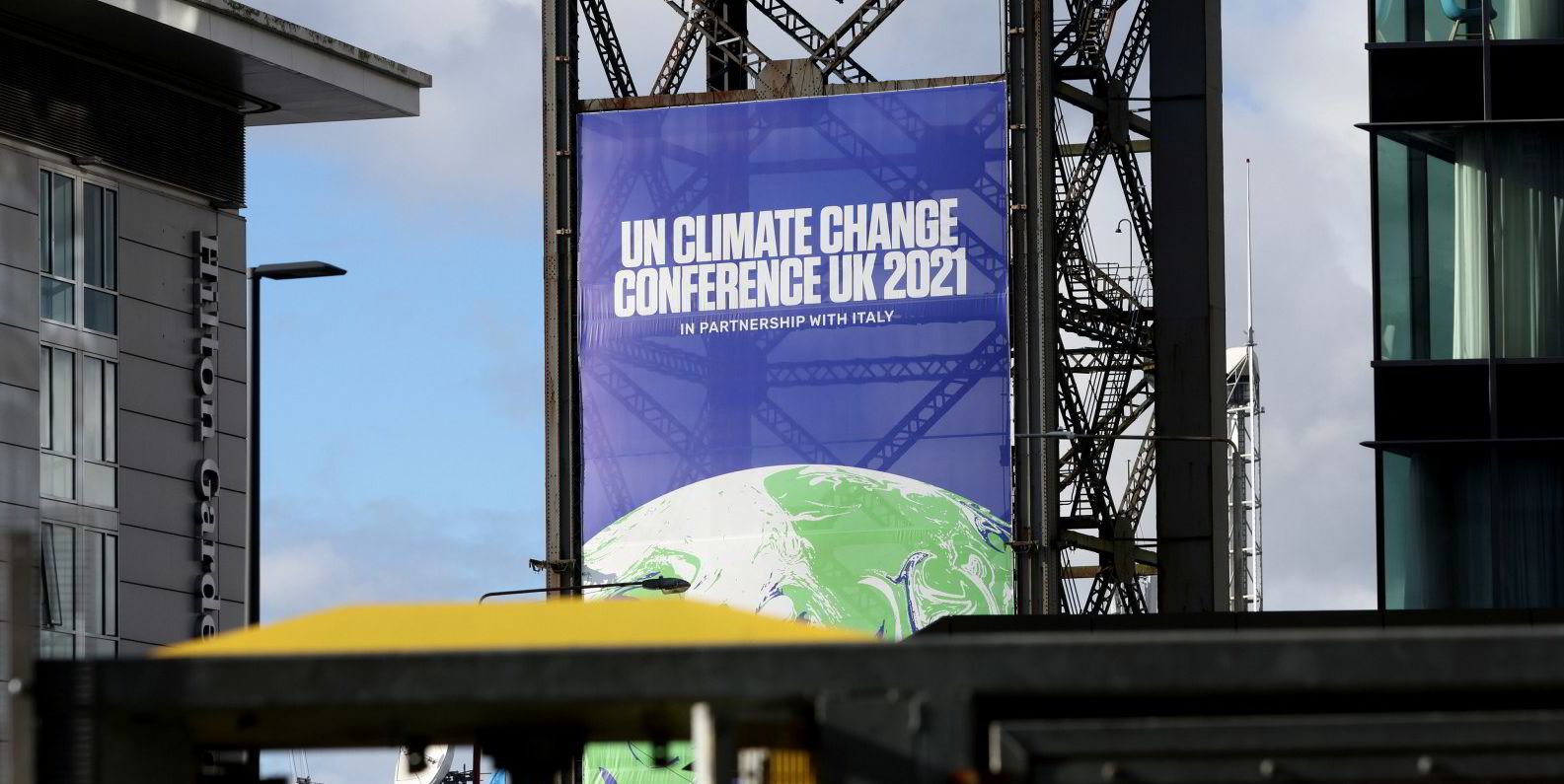The drive to build offshore wind in US waters will not just need ships; it will need a raft of port facilities to serve the sector as it takes off.
Recent weeks have seen port development efforts take shape on the north-east coast as maritime companies, offshore turbine manufacturers and project developers work to set up bases for future farms there.
And growing interest in offshore wind on the west coast will ultimately require port infrastructure as well in a region experiencing headline-grabbing port congestion.
Emily Huggins Jones, a maritime lawyer at Squire Patton Boggs — whose practice includes shipping litigation and serving as outside general counsel for maritime companies — told the TradeWinds Jones Act Offshore Wind Vessel Forum that many east coast ports face port and draught restrictions, which could cause expansion efforts to move south.
"The ports that have the best ability to be repurposed are the front runners," she said.
Recent developments include a long-term lease that wind engineering company Siemens Gamesa Renewable Energy signed with the Virginia Port Authority.
The company locked in 32 hectares at the state's Portsmouth Marine Terminal in a bid to support supply of its IntegralBlade technology as part of a $200m project.

Further north, in Massachusetts, Crowley Wind Services announced a few weeks earlier that it would purchase 19 hectares in Salem Harbor.
The move is part of the Crowley subsidiary's role as long-term port operating partner for the Vineyard Wind project, which will become the first major US offshore wind farm.
In between, the New Jersey Wind Port is planned to open in New Jersey in 2023.
Jones said several other port facilities have locked in speculative leases.

Many eyes are on Washington as the Biden administration pursues passage of its Build Back Better legislation that at first sought billions of dollars for ports before that was ratcheted down.
Jones said she is hopeful that the money that is approved will be spent on port infrastructure development in a way that helps offshore wind, rather than being used to tackle the congestion problems.
Joan Bondareff, a lawyer focused on shipping and renewables at Blank Rome, said the Department of Transportation has shown a preference for ports that are involved in offshore wind through its Port Infrastructure Development Program.
"I can imagine as a policy matter, even if it might not be a legislative priority, the department is going to move in that direction for those ports, like the port of Hampton Roads, that want to develop offshore wind," she said.
As wind vessel owners look to alternative energy to power their vessels, Jones said the sites that are being considered for wind ports are an opportunity to meet those needs.
"A lot of these facilities are decommissioned power plants, they are former industrial sites, they are being repurposed, really from the ground up," she said.
"The design really has a great opportunity to take into account all of these alternative fuels or renewable sources in a way that you wouldn't if you were just essentially grafting onto an existing port facility."





